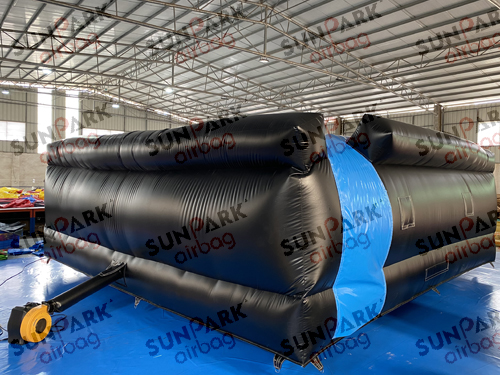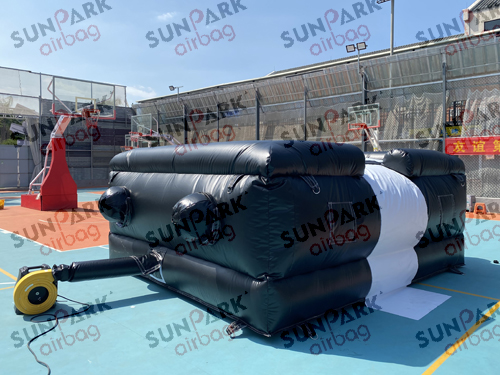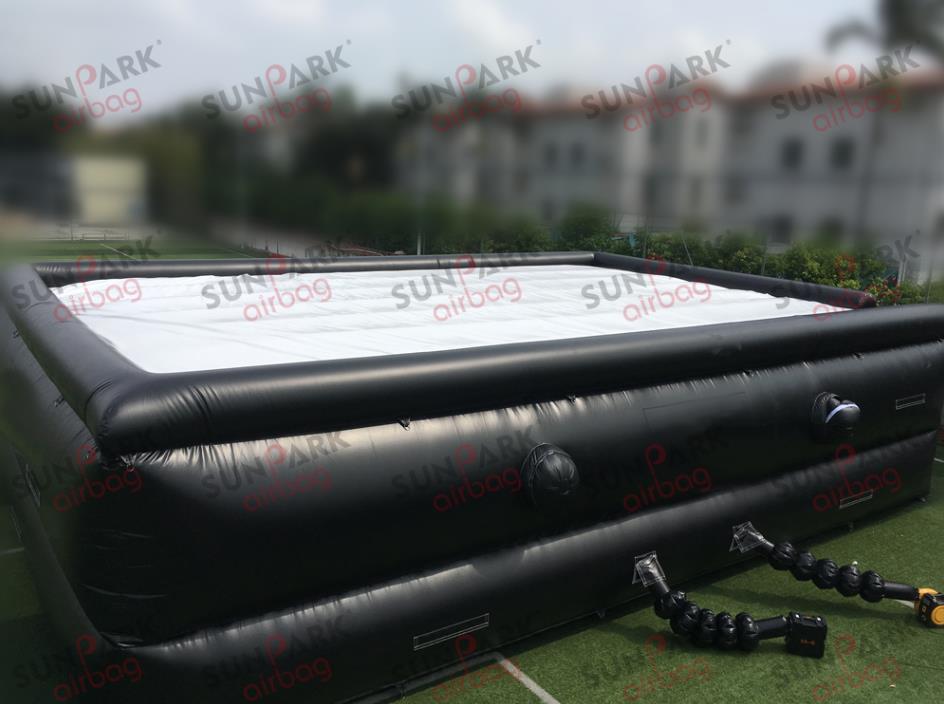Extreme sports have long been synonymous with pushing physical and mental limits, offering participants a rush of adrenaline that few other activities can match. However, with this thrill comes significant risk—especially for athletes who regularly test their skills in high-impact environments. As the global popularity of extreme sports continues to surge, so does the need for advanced safety solutions that protect athletes without compromising the spirit of adventure.
Enter airbag landing systems—cutting-edge technologies that are redefining safety protocols across multiple disciplines. These systems are not just reactive safety measures; they are proactive tools that enable athletes to train harder, innovate faster, and perform with greater confidence. Below, we explore how airbag landing systems are reshaping training methodologies, injury prevention strategies, and the broader landscape of extreme sports.
The Evolution of Safety in Extreme Sports
Traditionally, safety in extreme sports has relied on protective gear like helmets, pads, and harnesses. While these tools are essential, they often address symptoms of risk rather than its root cause: impact force during falls or landings. Airbag landing systems fill this gap by targeting the moment of impact itself, using advanced engineering to dissipate kinetic energy and reduce the likelihood of severe injuries.
Unlike static mats or foam pits, airbag systems are dynamic and adaptive. They can be customized to suit different sports, skill levels, and environmental conditions, making them a versatile solution for both professional athletes and recreational enthusiasts.
Key Innovations Driving Airbag Landing Systems
Adaptive Cushioning Technology
Modern airbag systems leverage multi-layered inflatable chambers that adjust in real-time to the athlete’s landing dynamics. For example, a skier executing a backflip might land with greater force than a BMX rider performing a simple jump. The airbag’s sensors detect this difference and modulate inflation levels accordingly, ensuring optimal impact absorption regardless of the maneuver.Smart Sensors and AI Integration
Some advanced airbag systems incorporate AI-driven sensors that analyze landing angles, speed, and body position. This data allows the system to predict potential risks and trigger inflation milliseconds before impact, creating a “pre-emptive safety net” that was previously impossible.Eco-Friendly and Sustainable Designs
Manufacturers are increasingly prioritizing sustainability, using recyclable materials and low-energy inflation systems. For instance, solar-powered air compressors and biodegradable PVC alternatives are reducing the environmental footprint of these safety solutions.Modular and Scalable Configurations
Airbag landing systems are no longer one-size-fits-all. Facilities can now mix and match modules to create customized landing zones for specific stunts or sports. A skate park, for example, might use a combination of wedge-shaped and flat airbags to accommodate both ramp jumps and grind tricks.
Why Athletes and Facilities Are Investing in Airbag Systems
Reduced Downtime and Faster Recovery
Injuries in extreme sports can sideline athletes for months, derailing careers and training progress. Airbag systems minimize the risk of fractures, concussions, and soft tissue damage, allowing athletes to recover faster and stay active.Cost Savings for Facilities
While the upfront cost of an airbag system may seem high, it pales in comparison to the long-term expenses of medical bills, insurance premiums, and lost revenue from injured athletes. Facilities that invest in airbag technology often see a return on investment within a few seasons.Competitive Edge in Training
Athletes who train with airbag systems can attempt more complex maneuvers with less fear of injury. This accelerates skill development and gives them an edge in competitions, where innovation and risk-taking are often rewarded.Attracting a Wider Audience
Safety is a major deterrent for many would-be extreme sports participants. By offering airbag-protected training environments, facilities can appeal to a broader demographic, including beginners, families, and corporate teams looking for thrilling yet safe experiences.
Real-World Applications: From Training Grounds to Hollywood
- Ski and Snowboard Resorts: Airbag pits are now common at terrain parks, allowing freestyle skiers and snowboarders to practice flips and spins without the risk of hard landings.
- Motocross and BMX Tracks: Riders use airbag systems to refine jumps and tricks, reducing the wear and tear on their bodies and bikes.
- Gymnastics and Cheerleading: Facilities are adopting airbag technology to protect athletes during high-flying tumbling passes and pyramids.
- Film and Television Productions: Stunt doubles rely on airbag systems to execute jaw-dropping falls and collisions safely, enabling filmmakers to push the boundaries of realism in action sequences.
The Future of Airbag Landing Systems
As technology advances, airbag landing systems will become even more sophisticated. Future innovations might include:
- Wearable Integration: Airbags that deploy automatically when a fall is detected, similar to automotive airbags.
- Virtual Reality Training: Combining airbag systems with VR simulations to create immersive, risk-free training environments.
- Global Safety Standards: Industry-wide certifications to ensure consistency and reliability across all airbag landing systems.
Conclusion: A Safer Future for Extreme Sports
Airbag landing systems are not just a safety upgrade—they are a paradigm shift in how extreme sports are approached. By combining cutting-edge technology with athlete-centric design, these systems are empowering participants to push their limits while minimizing risk. As the demand for thrilling, high-octane experiences grows, airbag technology will play a pivotal role in ensuring that extreme sports remain both exhilarating and safe for generations to come.
Whether you’re a professional athlete, a weekend warrior, or a facility operator, investing in airbag landing systems is an investment in the future of extreme sports—one that prioritizes innovation, safety, and the unbridled pursuit of adventure.














